The 2005 documentary film "American Hardcore" chronicles the rise of hardcore punk in the United States. This oft-misunderstood movement arose as a reaction to social and cultural conditions in the late 1970s and early 1980s.
What were the punks reacting against? Culturally, they were reacting against the corporatization of the music industry, and the resulting dumbing-down of popular music and culture. At this time, there was disco and there was what Mark Mothersbaugh of the band DEVO called "white concert rock," bands like Kansas and Toto and Boston, whose message was basically "I'm white, I'm a misogynist, I'm a consumer, and I'm proud of it!" The hardcore punks railed against mass culture sameness. Orange County's own The Descendants satirized this mindset in the song "Suburban Home":
I want to be stereotyped
I want to be classified
I wanna be a clone
I want a suburban home.
As a revolt against mass-culture conformity, the early punks sought to create a more genuine sub-culture. In his book Kids of the Black Hole: Punk Rock in Postsuburban California, Dewar MacLeod writes, "The formation of alternative institutions such as dozens of record labels, zines, clubs, and communal youth organizations can be read as a modernist response to postmodern consumerism and fragmentation, an attempt to create some sense of reality, even authenticity, certainly control over daily life and the future. Through these institutions, punks attempted to become producers instead of consumers, combining romantic and individualist ideas with a do-it-yourself [DIY] anarchism."
Let me pause for a moment and reflect on the word "anarchism" or "anarchy." Up until a couple years ago, I thought anarchy was simply chaos and breaking stuff. When defined this way, it is very easy to dismiss. While punks sometimes broke stuff, the "anarchy" Macleod is describing is, at its heart, about localized communities. Dictionary.com defines anarchy as "a theory that regards the absence of all direct or coercive government as a political ideal and that proposes the cooperative and voluntary association of individuals and groups as the principal mode of organized society." This is perhaps a more helpful way to think about the kind of anarchy that the original punks were after.
The punks were not only reacting against mind-numbing mass consumer culture, they were also reacting against the politics of their time, which was best symbolized by one man...Ronald Reagan. In "American Hardcore," Henry Rollins of Black Flag says, "Punks worldwide loved to hate Reagan."
MacLeod sums it up pretty well: "Ronald Reagan's victory in the 1980 presidential election may have done more than any other event to revitalize punk and ensure its longevity, not only because punks opposed his conservative politics, but because here was an enemy with a face. Whereas earlier Hollywood punk had aimed its critique at hippies (be they music business executives, laid-back California folkies, or liberal politicians), now hardcore punk named Reagan as public enemy number one. The transformation was illustrated most starkly in the song "California Uber Alles" by San Francisco's Dead Kennedys. The song was originally an ironic stab at the "zen fascism" of California governor Jerry Brown, but after Reagan's election, singer Jello Biafra rewrote the lyrics to remove the irony, believing that Reagan's America represented a real threat. While few Southern California bands were as overtly and intellectually political as the Dead Kennedys, Reagan hovered over the scene as the great oppressive father-figure. Lyrics aimed at Reagan, and at the omnipresent specter of World War III, dominated the protest songs of hardcore punk."
Hardcore punk was political in a way that America hadn't seen since the protest songs of the 1960s. The Dead Kennedys and other punk bands were like Bob Dylan on speed.
By the early 1980s, there was a hardcore punk scene in most major American cities, and some not-so-major cities, including Fullerton.
Fullerton, California, my hometown, has a rich history of hardcore punk, dating all the way back to 1976, when three brothers formed the band The Middle Class, as a reaction against the culture of suburbia, or (as Macleod argues) post suburbia. Please forgive another long quote, but Macleod sums up Southern California youth culture very poignantly:
"Underneath a superficial harmony, they were feeling frustration and alienation and starting to experience socially-produced identity crises...These were now fully postmodern youth, whose alienation resulted from the impact of modern information technologies spread by global capitalism as the corporate-controlled media and consumer environments increasingly supplanted the home, family, school, and workplace as the sites for socialization. Nowhere was this truer than in post suburbia, where the information technologies and industries had staked their deepest claim. Young people in post suburbia were now not simply consumers, but metaconsumers, both the consumer and the consumed, not only a consumer of products and symbols but also an active participant in the shopping spectacle. For these young people, the shopping mall is not merely an economic space where exchanges take place, but a symbolic social space for everyone to come alive in and a pervasive metaphor for life."
The isolation, fragmentation, and pervasive consumerism created the frustration that manifested itself as hardcore punk. In "American Hardcore," Tony Cadena, singer of Fullerton's The Adolescents, said, "I was trying to nullify my Orange County existence."
The hardcore punk scene in Fullerton provided a haven for these frustrated, isolated youth who were disgusted with their environment. Fullerton, actually became fertile ground for a number of influential hardcore bands like Social Distortion, Eddie and the Subtitles, DI, The Adolescents, and The Middle Class.
These bands began self-releasing their own records and playing local gigs, sometimes even attracting high-profile LA acts like Black Flag and The Germs. Members of The Middle Class began booking hardcore shows at a roller rink on Gilbert, which they called The Galaxy. Another popular venue in Fullerton was Ichabod's, a bar on the corner of State College and Chapman (where the Burger King is now).
Punks in Fullerton faced an interesting dilemma. Fullerton has since the Nixon era been a pretty conservative place. Home of republicans, mega-churches, and white flight settlers, you would not think Fullerton would be fertile ground for hardcore punk. But punks thrive on conflict. One could argue that confrontations with police and city authorities only fueled the flames of the hardcore punk scene behind “The Orange Curtain.”
THE BANDS:
THE MIDDLE CLASS formed in 1976 in Santa Ana, California. The band consisted of Jeff Atta on vocals, Mike Atta on lead guitar, Mike Patton on bass, and Bruce Atta on drums. The band achieved major success in the hardcore punk scene of Orange County and LA. The band's most popular release was Out of Vogue EP, released in 1978, particularly known for its extremely fast title track. The Middle Class are generally considered one of the first bands to play hardcore punk.
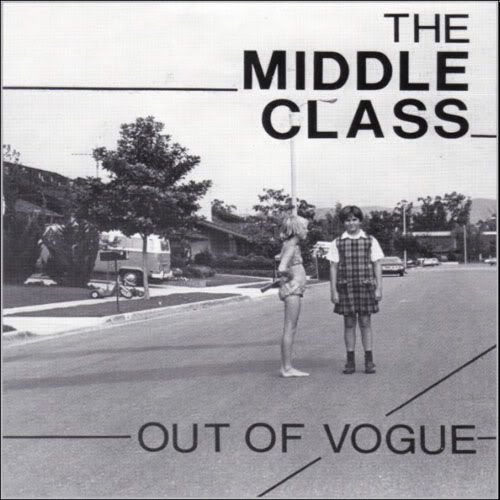
SOCIAL DISTORTION Formed in late 1978 in Fullerton by frontman Mike Ness. The original lineup consisted of Ness on lead guitar, Rikk and Frank Agnew on guitars, and Casey Royer on drums. Its first single, Mainliner/Playpen was released in 1981 on Posh Boy, the label responsible for releasing the first singles and albums of many of the local O.C. punk bands. Rodney Bingenheimer of KROQ-FM took a liking to Social Distortion, releasing the single "1945" on his 1981 compilation album, Rodney on the ROQ. The rest is history.
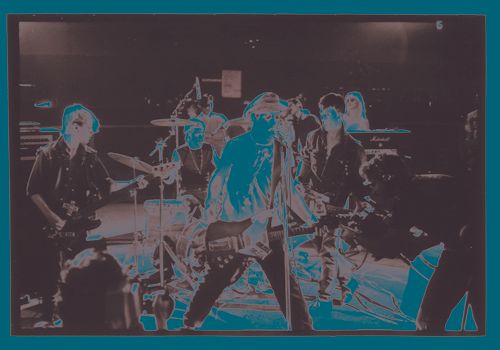
(photo by Edward Colver)
THE ADOLESCENTS formed in 1980 in Fullerton, California. They were a punk supergroup, made up of early members of Agent Orange and Social Distortion. They are often credited as one of the leading bands of the 1980s hardcore punk scene. The Adolescents signed with Frontier Records in January 1981 and recorded their debut album, Adolescents, the following month. It quickly became one of the best-selling California punk albums.
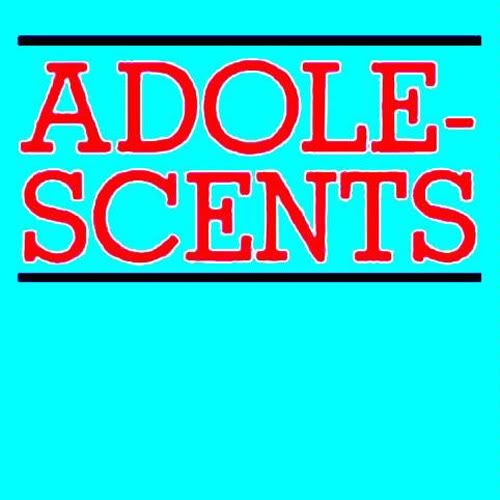
D.I. formed in 1982 and combined the Orange County punk sound with a decidedly gothic style on their debut self-titled EP. The EP featured five songs including "Richard Hung Himself" (originally written by Casey Royer while he played for the Adolescents, recorded it with the Adolescents to later re-record it in D.I. ), "Venus De Milo," "Reagan Der Fuhrer," "Purgatory," and "Guns". This EP was later reissued as Team Goon with extra tracks including versions of Gary Glitter's "Rock & Roll Part II" and Devo's "Uncontrollable Urge". Their first proper album Ancient Artifacts was a more straight ahead Orange County sounding album that included a new version of "Purgatory" from the EP.
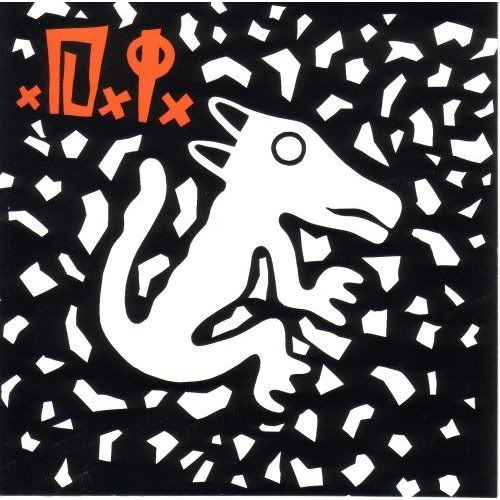
THE VENUES:
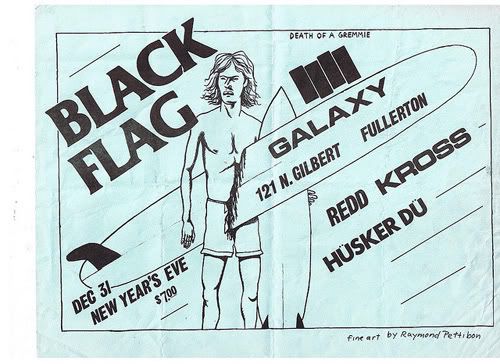
THE GALAXY was a roller rink-turned punk club in west Fullerton on Gilbert. Members of The Middle Class booked the shows, and soon The Galaxy was a regular venue for such iconic bands as Black Flag, Social Distortion, Circle Jerks, and a host of others.

ICHABODS was a rock-n-roll bar that would sometimes book punk shows. Located at the corner of Chapman and State College (where the Burger King is now). There also used to be a bowling alley across the parking lot called “College Bowl” (where the Smart and Final is now). Mike Atta of the Middle class says, “You had two cool places to hang out.”

